We’ve recently reviewed the Samsung Galaxy S23 Ultra, which you can read here. We found that it’s a solid flagship with a killer 200MP main camera that takes some stunning photos. But in the smartphone world, there’s already a camera benchmark, the iPhone 14 Pro. It too has gone through a hardware refresh and now does pixel binning for the first time. But how do the images from the Samsung compare, and how does the iPhone fare against the champion of pixel binning? Let’s find out together.
We’ll begin with the main cameras, which are the stars of both these phones. The Galaxy S23 Ultra uses a 200MP sensor, which can bin down to 50 or 12.5MP depending on the requirements. The iPhone is late to the pixel binning game, and the 14 Pro’s 48MP sensor outputs a 12MP photo by default. Both devices can output RAW images, but the Galaxy S23 Ultra stops at 50MP; you can’t get a RAW version of a 200MP photo.
That’s just as well, because even a RAW 50MP photo comes in at well over 100MB. By comparison, the iPhone 14 Pro’s 48MP RAW photos are only around 70MB, which is still pretty huge. Anyway, we tested both these phones in 12MP JPEG format, as this will max out the computational abilities of both phones.
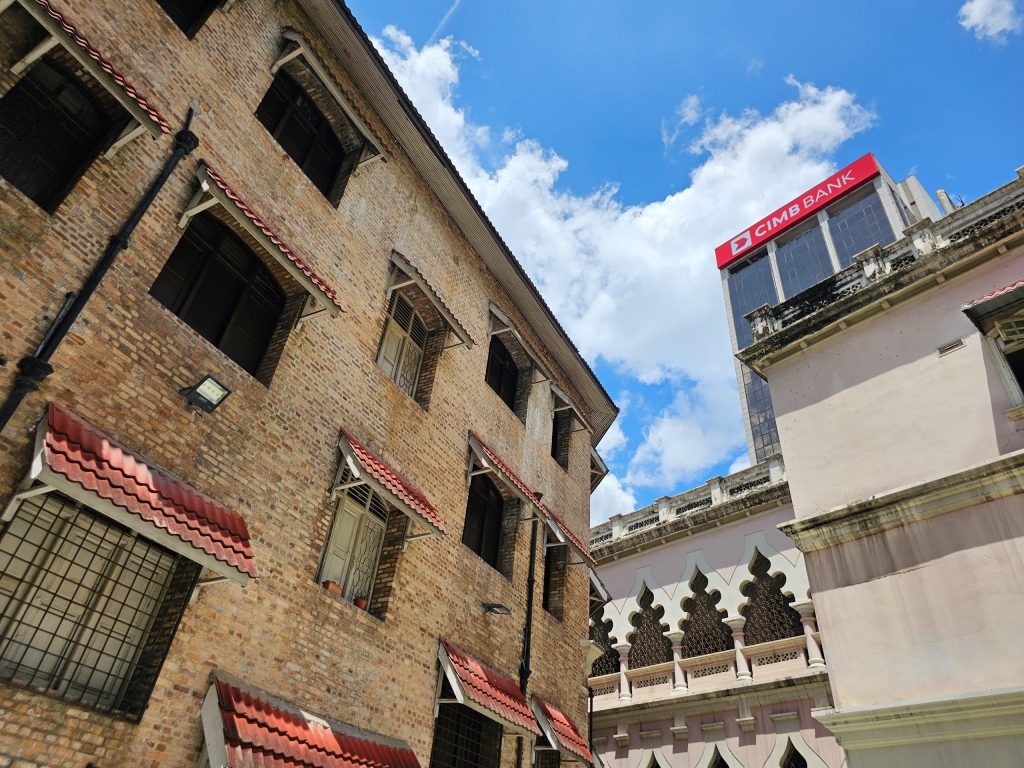
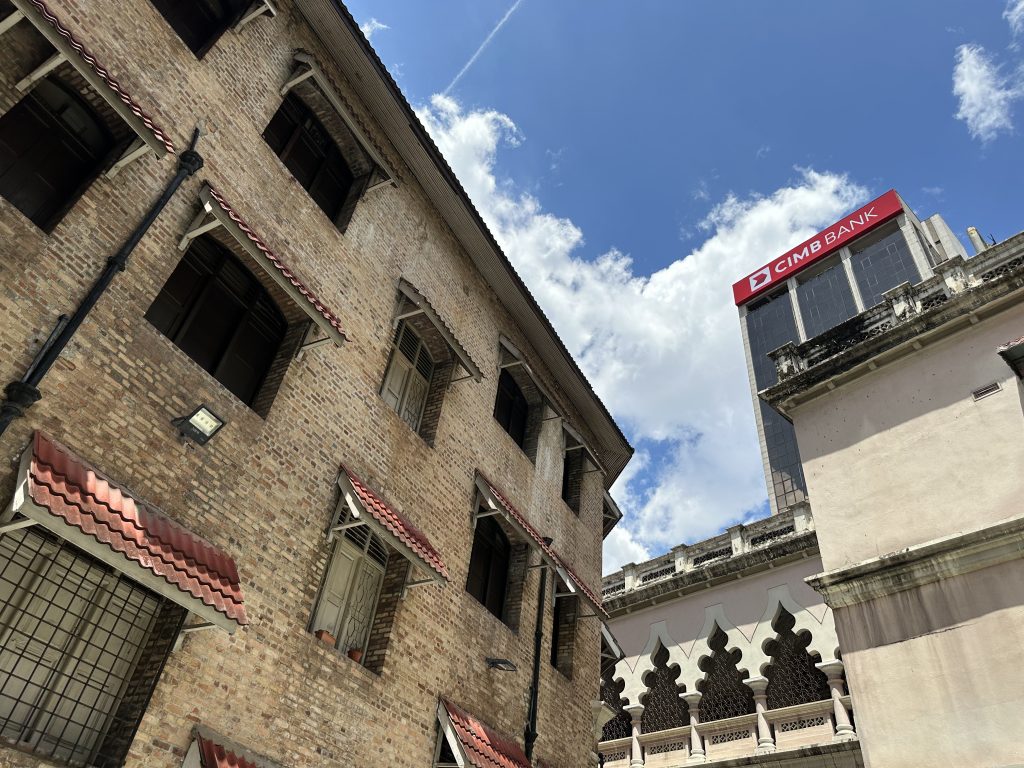

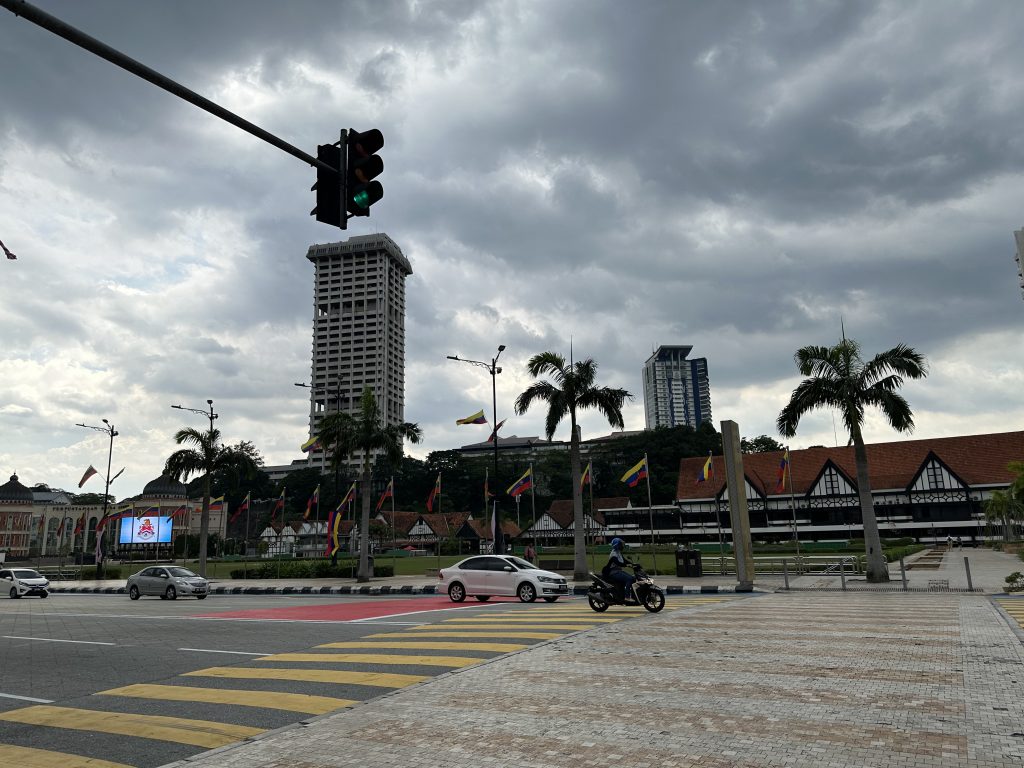
As you can see here, both the Galaxy S23 Ultra and the iPhone 14 Pro shoot excellent photos in bright daylight with plenty of detail to go around. They perform very similarly in the centre of the photo, but look at the corners and you’ll find some softness in the S23 Ultra’s photo that isn’t visible on the iPhone’s, which is sharper from corner to corner. You can also see that the noise reduction on the S23 Ultra wipes out a lot of the fine detail in certain areas, which the iPhone leaves intact.
Both phones deliver great dynamic range, but the iPhone tends to underexpose the image and, surprisingly, its white balance is also a little warmer; this was previously a Samsung trademark. I’m also not a fan of how the iPhone brings the brightness of the colours way down. This stands in stark contrast to the S23 Ultra, which is just a little too bright for my liking.
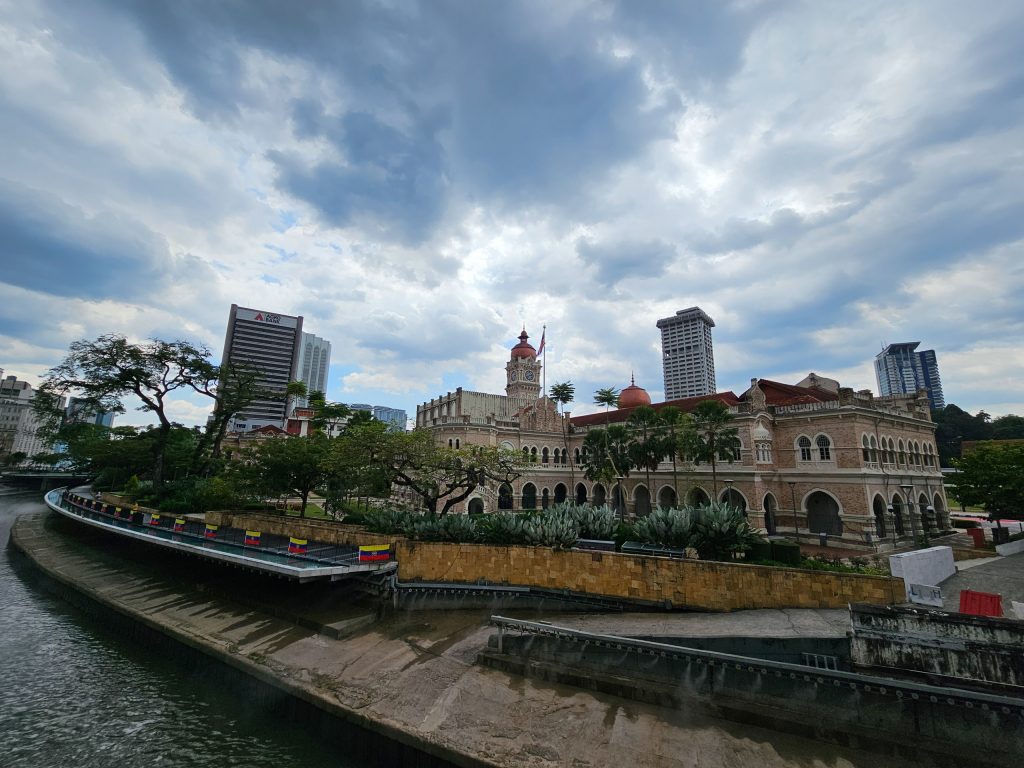

The differences continue when you look at the photos from the ultra-wide cameras. Both the Samsung and the iPhone use 12MP sensors here, and they’re both quite a bit softer than their main cameras, but the S23 Ultra has a slight edge when it comes to fine detail.
In overcast conditions, the iPhone continues to underexpose the images, but the colours are more true to life, whereas the S23 Ultra tries its hardest to make it look sunny. You can clearly see the blues in the sky and the greens in the trees and the water. There’s lots of processing happening here, which is probably why there’s quite a bit more noise in these areas compared to the iPhone.
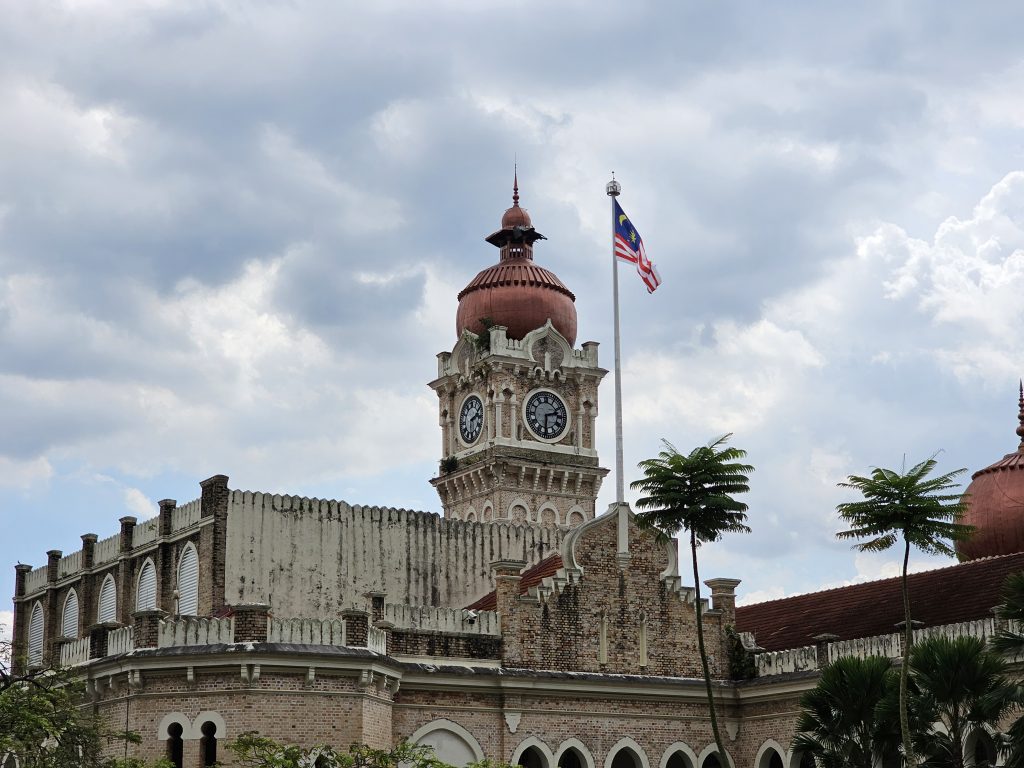
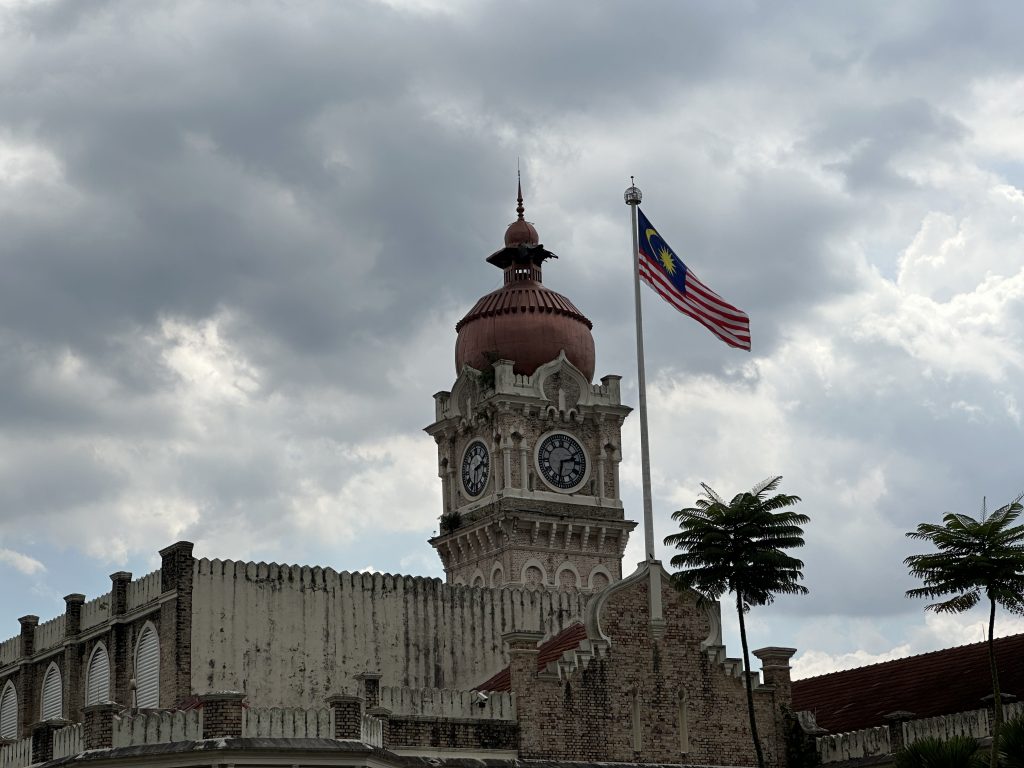
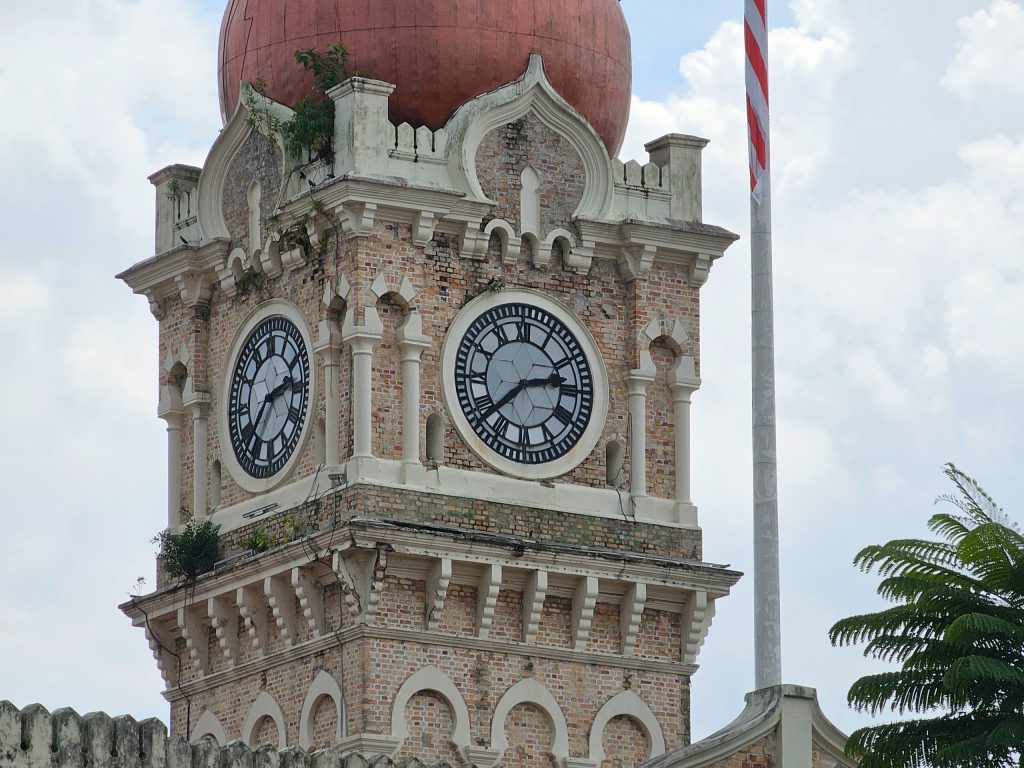

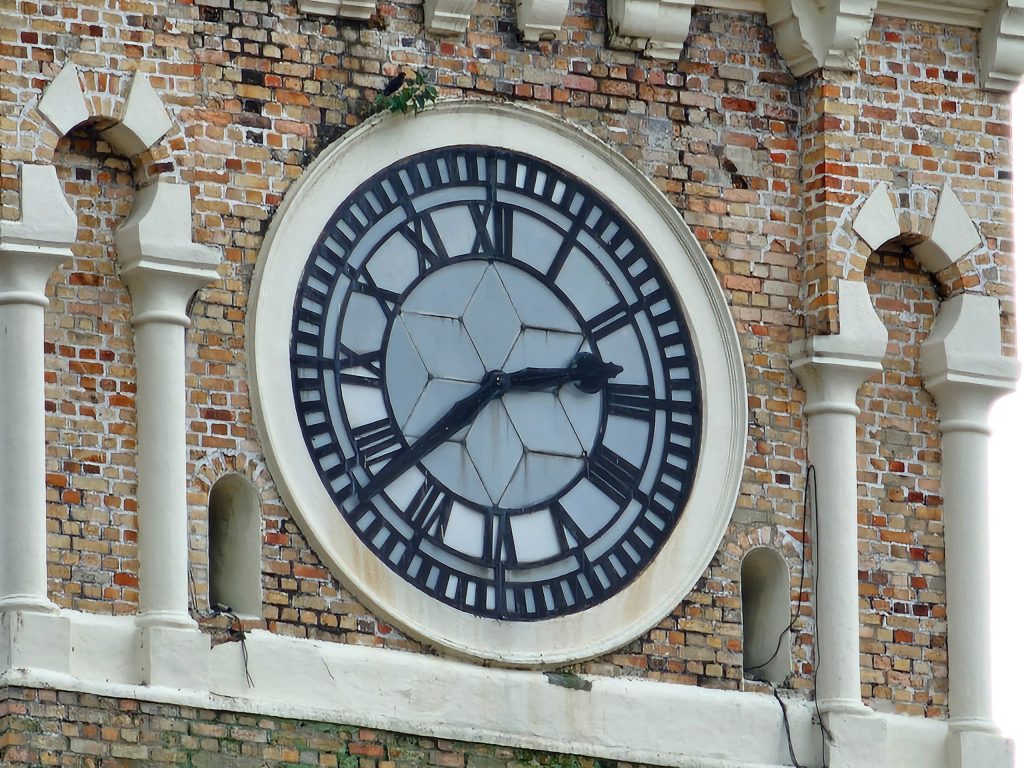

It’s in the telephoto cameras where the S23 Ultra starts to pull away from the iPhone 14 Pro. Both phones offer 3x telephoto zoom, but even though the iPhone has a slight 2MP advantage over the Samsung’s 10MP sensor, the S23 Ultra’s images are sharper. And then you come to the Samsung’s first key advantage. For a start, it has a 10x telephoto camera, which the iPhone lacks. I mean, you can zoom in digitally, but it delivers nothing like the kind of detail, even though the S23 Ultra is itself a little soft at this focal length.
The iPhone’s digital zoom also tops out at 15x, whereas the S23 Ultra’s Space Zoom uses the 200MP main camera, the 10x telephoto and some AI magic to whip up some incredible images. The 30x digital zoom actually looks better than the 10x optical zoom, although as expected, the 100x zoom is barely usable.

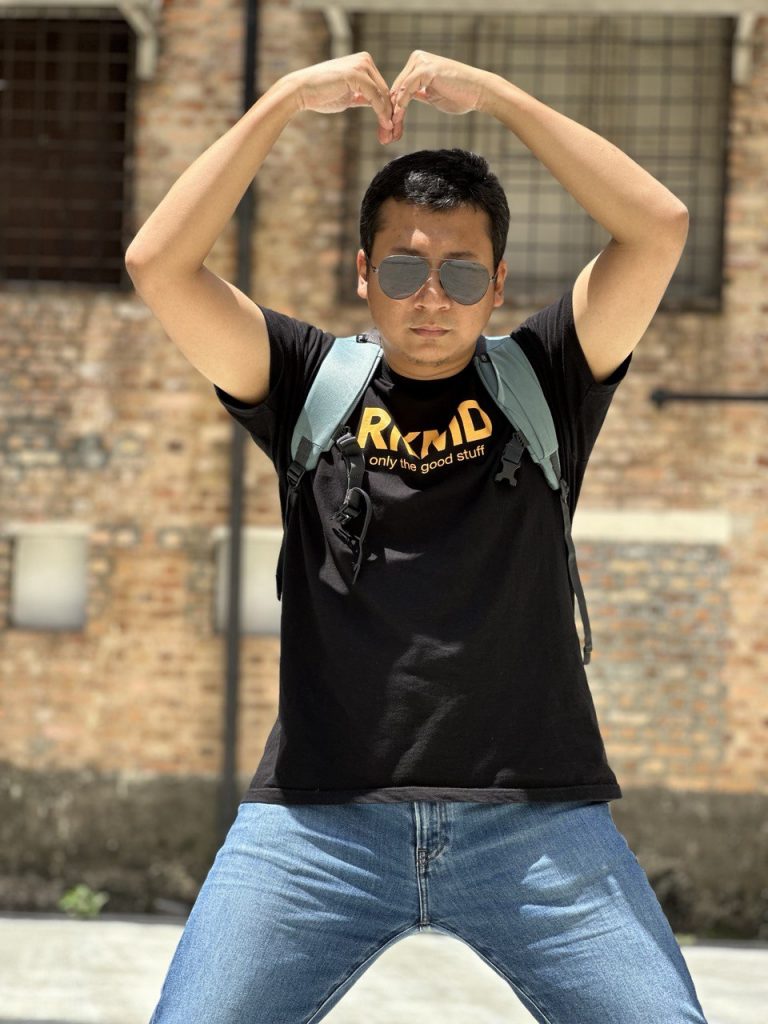
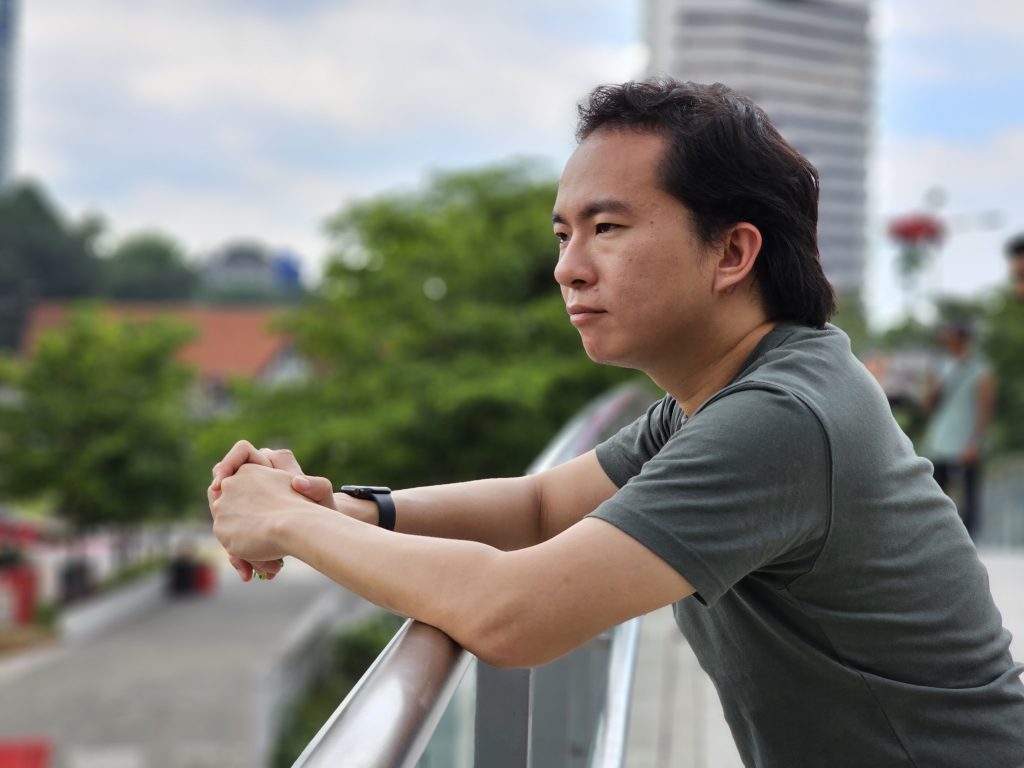

As for portrait mode, both devices did cutouts very well, even around the arms—an area where the iPhone once struggled. Notably, the 14 Pro consistently managed to isolate the top of the straps on Anep’s backpack, whereas the S23 Ultra simply blurred the edges out.
Samsung’s biggest strength is in hair; the S23 Ultra cuts it out in a more natural manner, instead of simply skimming across the top of the head like the iPhone does. But it’s not perfect—check out the area around my hands. The iPhone also managed to distinguish between my two arms, blurring the right side to give a greater sense of depth, instead of simply making me look like a cutout. The quality of the blur and roll off is also slightly more realistic.

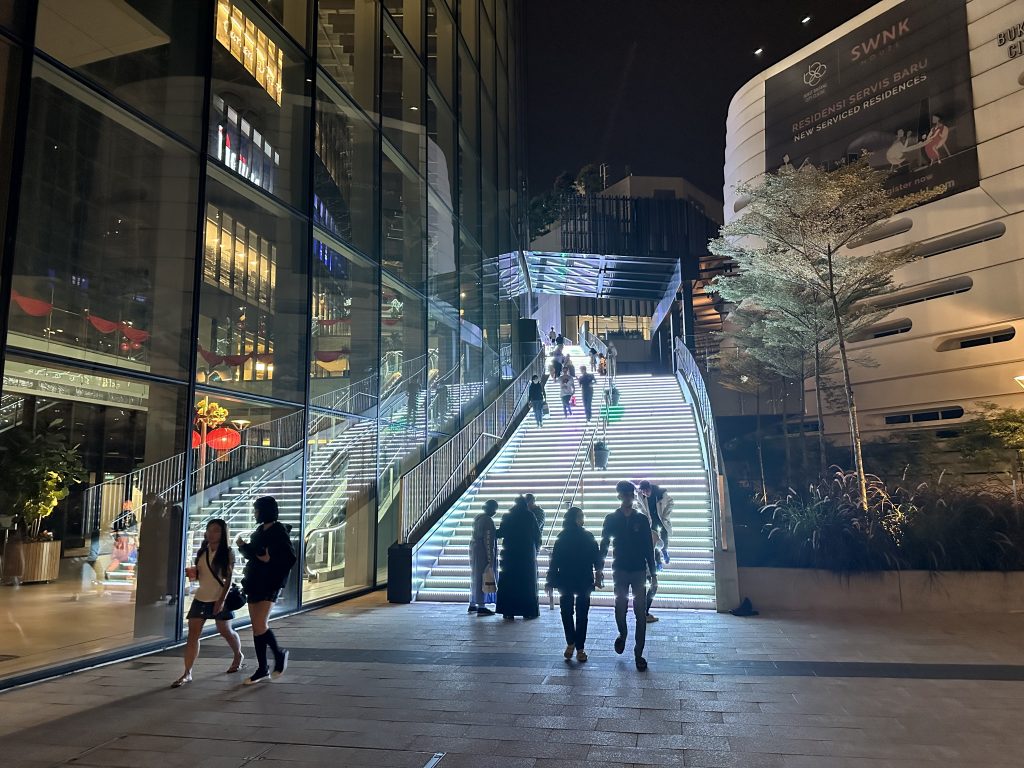





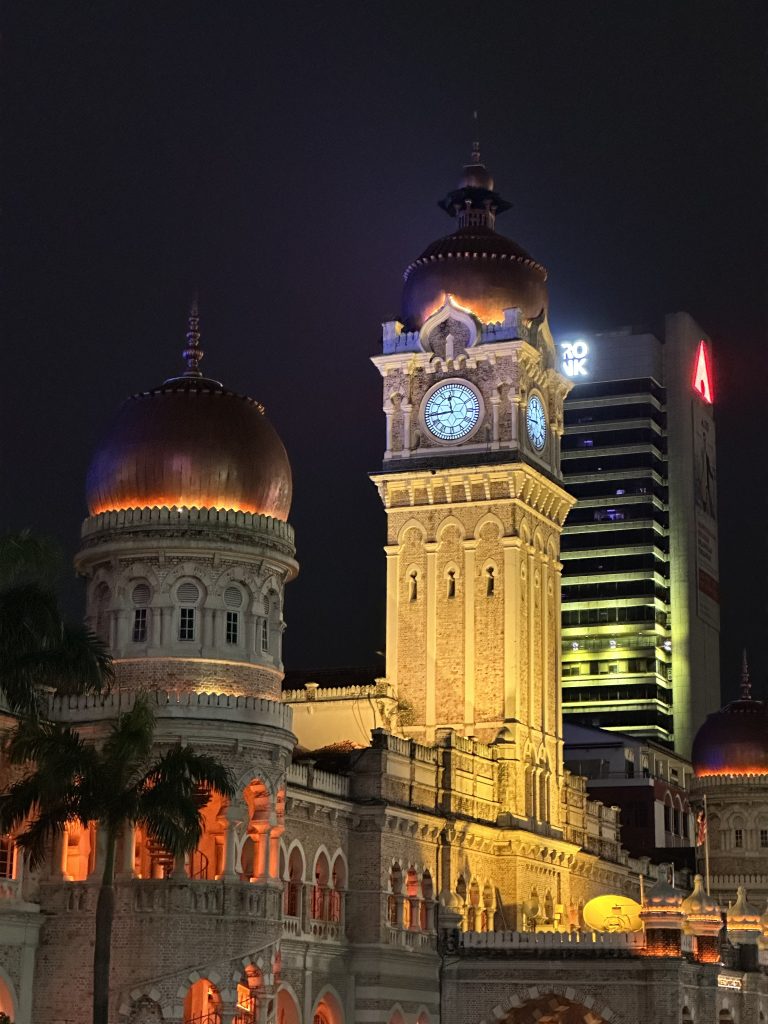
A few surprising traits emerge when the sun goes down. Under bright artificial light, it’s the Samsung that underexposes the image, and the cooler colour tones make it way too blue and magenta-y. Both devices apply a lot of sharpening, more so for the S23 Ultra. But the Samsung also throws on some very aggressive noise reduction, and the result is that certain textures are almost completely wiped out. The effect can look quite artificial.
Otherwise, these phones take great images in low light, but the 14 Pro can’t quite eradicate the iPhone’s biggest weakness—internal reflections coming from direct light sources. This has been something of a bugbear on Apple’s devices since at least the iPhone 12, and even though it’s much improved over that phone, the effect can still be immensely annoying at times.
Where the S23 Ultra comes into its own is in very low light. The two times wider optical image stabilisation and the improvements in AI-driven noise reduction has enabled Samsung to push its night mode further, and you can see that it takes bright photos even in very dark conditions. Some of these images can pass off as evening shots.

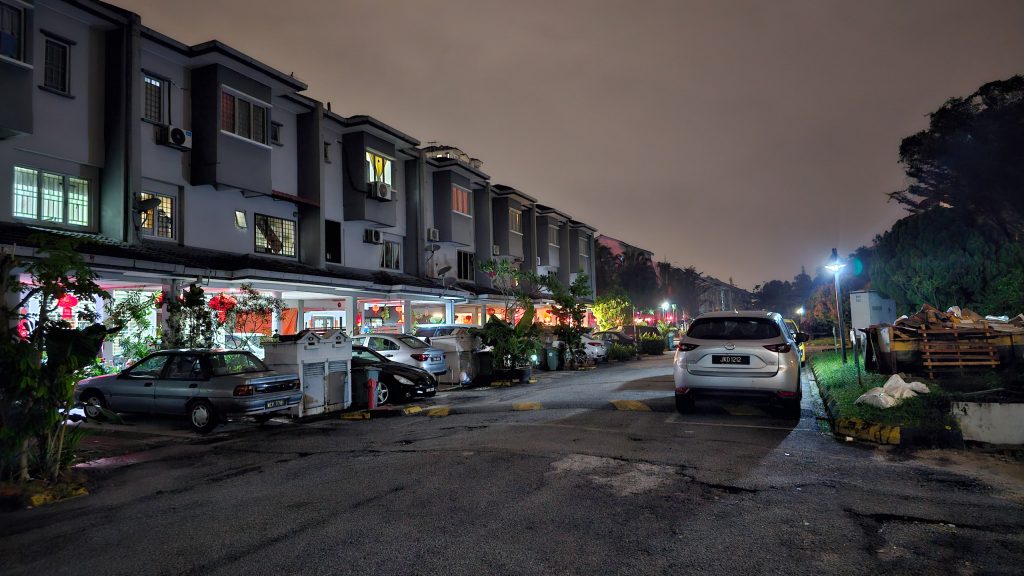
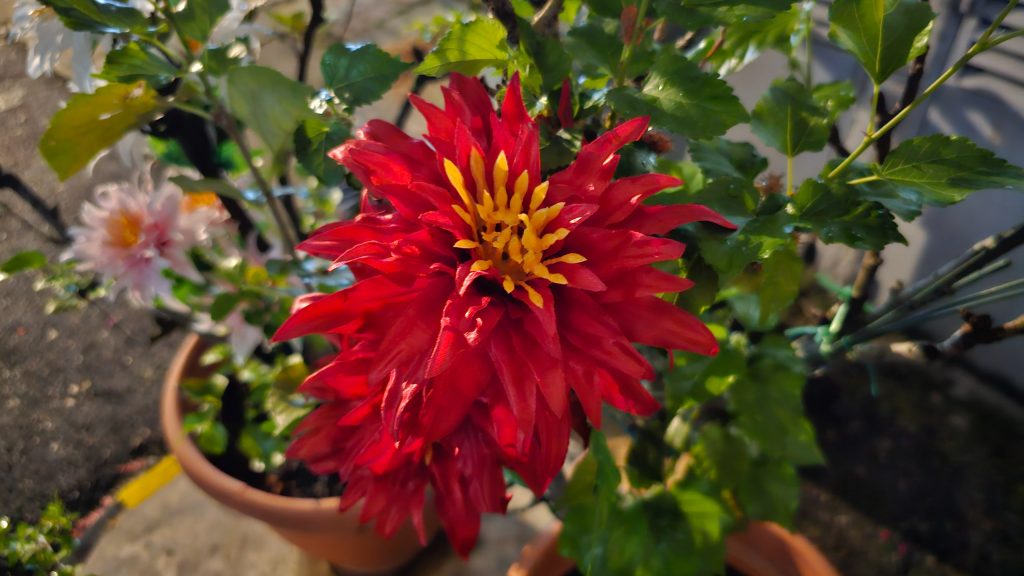
The new quad-pixel autofocus also gives the S23 Ultra a decisive advantage over the iPhone 14 Pro’s dual-pixel system, enabling it to achieve focus even on some very difficult subjects. Here, you can see that the Samsung managed to lock on to the flowers, whereas the iPhone focused on the leaves, and the result is far greater fine detail.
The Samsung has also caught up in video performance, an area where the iPhone has once held an unassailable lead. The 14 Pro still takes nicer, smoother videos—probably because of the slower shutter speed—but the S23 Ultra captures more detail.
The S23 Ultra’s improved OIS makes itself known in its Super Steady mode, which wipes the floor with the iPhone’s Action Mode when it comes to stabilisation, with far fewer vibrations showing. Both phones are capped at 2.7K resolution in this mode, so don’t expect 4K here. The S23 Ultra does also offer the option of 8K video, but it takes a tighter crop of the sensor, so you get a narrower view.


The one area where the iPhone 14 Pro still wins hands down is selfies. Both use 12MP front cameras, but the iPhone not only delivers more detail but also more natural colours. The S23 Ultra made Anep look like he has jaundice.
I will say there are a few things that Samsung needs to work on. The first is the shutter lag. This was a problem with the S22 Ultra and it continues here, especially when shooting 50 and 200MP photos and Super Steady videos. It’s much improved with the latest update, but it’s still there, ruining the point-and-shoot nature that we simply expect from high-end smartphones these days.
The second is that while the real-time stabilisation is really good, it tends screws up your framing. It makes it hard to pan smoothly in Super Steady mode, and when using Space Zoom in particular, you’re constantly fighting against the phone, just to get the shot you want.

So what can we draw from this comparison? As expected, both phones capture excellent photos in a variety of environment and lighting conditions, and generally you’d be pleased to go with either. The iPhone 14 Pro delivers slightly better sharpness across the entire image, and it also shoots videos that are a bit more pleasing to the eye. But even though I like the more natural aesthetic of the iPhone’s photos, I think most people will prefer the Galaxy S23 Ultra’s more processed look.
The Samsung also has the more versatile camera system. It has a far greater zoom range, shoots brighter photos at night and offers better video stabilisation. And, best of all, you can shoot 200MP images that you can show off to your friends. If you’re looking for the camera that’s truly worth the high price of admission of these two phones, well, the S23 Ultra’s got it. It’s that good.
Want to know more about the Samsung Galaxy S23 Ultra in general? Watch our review below.
0 comments :
Post a Comment